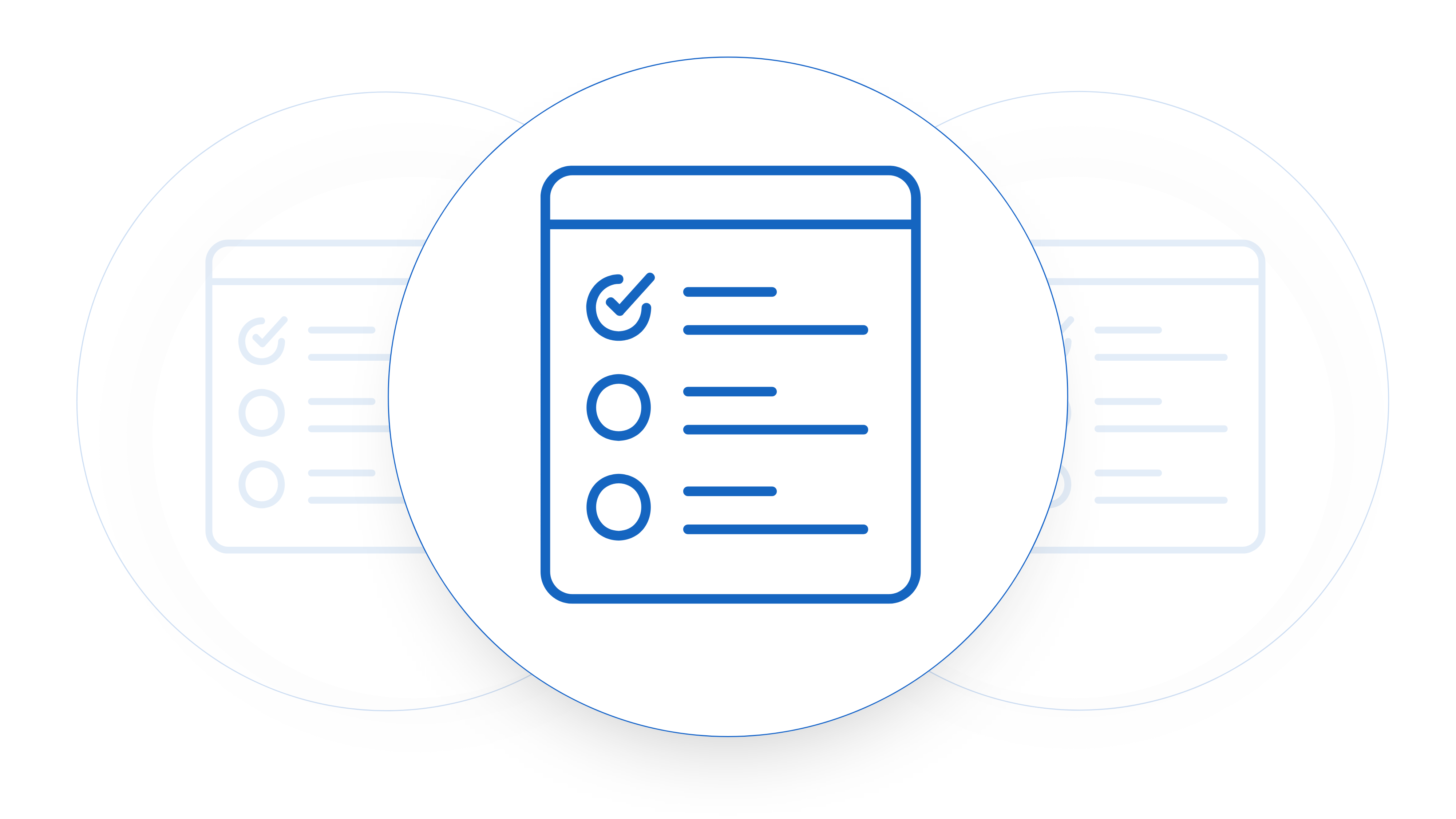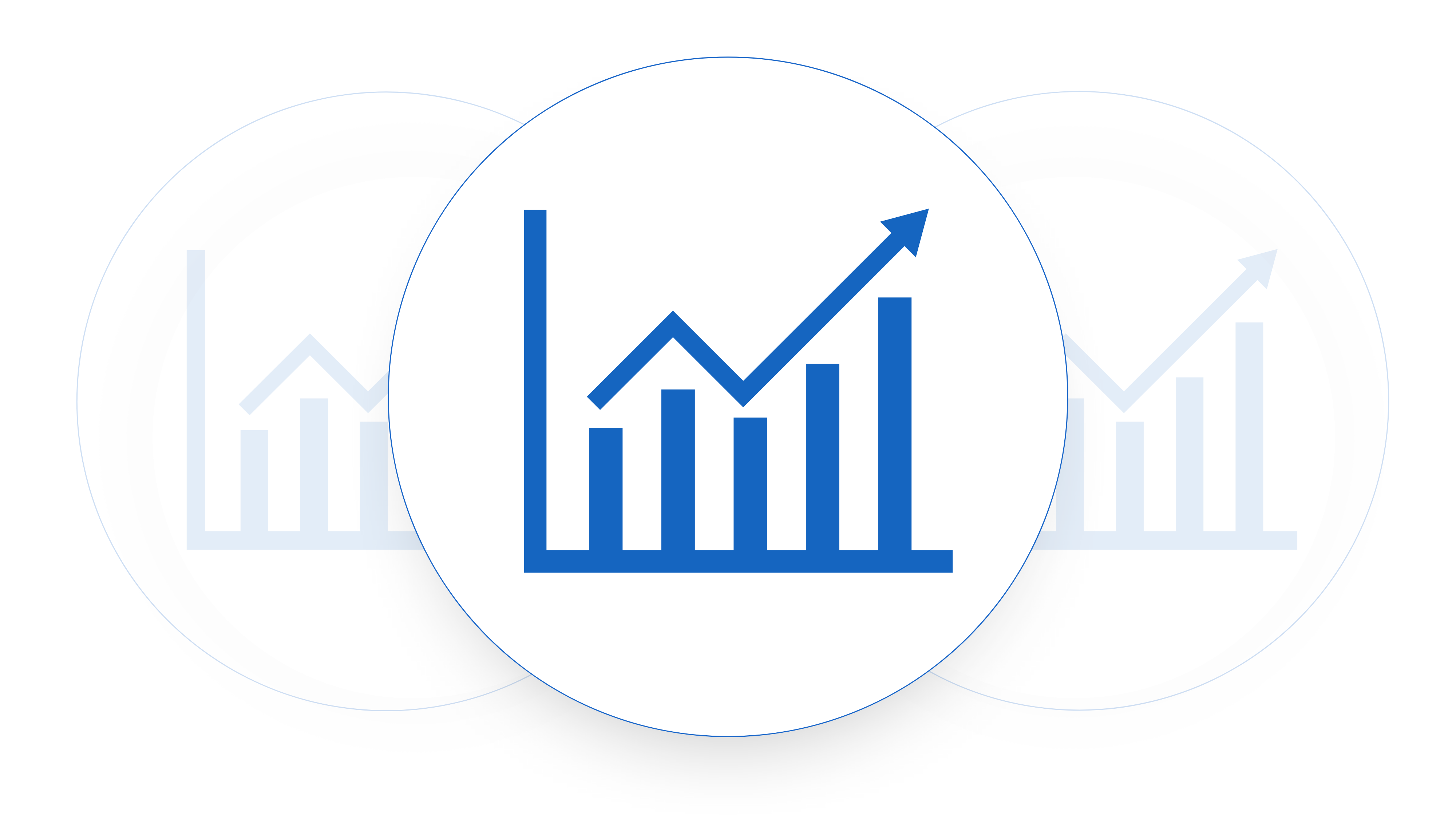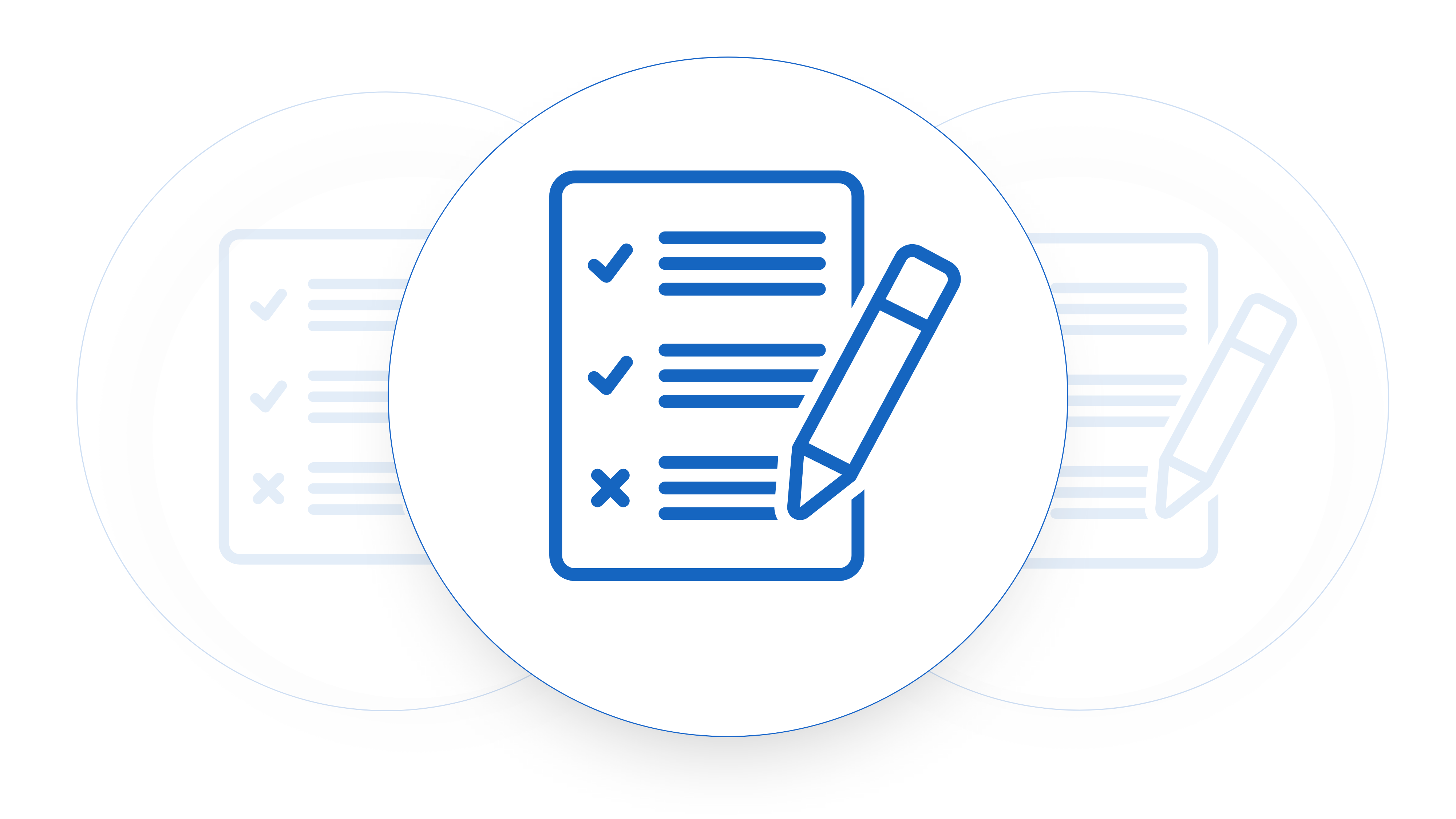When it comes to building a strong and scalable company your contracts are you bread and butter. They are the representation of what you owe your customer and what your customer owes you. When your building a software startup or even if you’re purchasing software products you need to understand that software contracts are different than many other types of contracts. We’re going to look at why they are different and the implications of this for both buy and selling software. In particular we’re going to look at why software contracts are different in the context of software as a service contracts.
Software As A Service (SaaS) Contracts – What’s The Product Again?
Buying a product, buying a piece of software, and buying software as a service (SaaS) represent different models of acquiring and using software and quite frankly very different ways of legally treating a product. Comparing contracts for each of these with show you that different ways of treating a product have large implications on contracting and the way your business operates. Here are the key differences between these three approaches:
1. Buying a Product:
- Ownership: When you buy a product, such as traditional software distributed on physical media (CDs, DVDs) or digital downloads, you typically own a perpetual license for that version of the software. This means you can use it indefinitely. It might seem old school but think of templates you purchase or images you purchase for use.
- Upgrades: Upgrading to newer versions often requires a separate purchase. You may choose not to upgrade if the current version meets your needs. Usually an upgrade will be a whole new product and overwrite your current product.
- Installation: You need to install the software on your local hardware, and maintenance, updates, and support are often your responsibility. There’s a lot of tools that still have this model.
2. Buying a Piece of Software:
- This term is somewhat broad and could refer to buying a standalone software application or a specific module or component of a larger software suite.
- Ownership: Similar to buying a product, you often own a perpetual license for the purchased software, allowing you to use it indefinitely.
- Customization: Depending on the software, you may have more flexibility to customize or integrate it with other systems. You might need pay for support to do this.
3. Buying Software as a Service (SaaS):
- Subscription Model: SaaS is a cloud-based software distribution model where you subscribe to the software on a recurring basis, usually monthly or annually or even having an automatic renewal clause built in.
- Access: Instead of owning a copy, you access the software in your browser, you’re not hosting it locally. This allows you to use the software from any device with an internet connection.
- Updates: Updates and maintenance are handled by the service provider, and you always have access to the latest version. Upgrades, upgrades, we love to have new features coming out.
- Scalability: SaaS often offers scalability, allowing you to adjust your subscription based on your needs. You can easily add or reduce the number of users or features.
- No Infrastructure Concerns: SaaS eliminates the need for local installations, servers, and maintenance, as these are managed by the SaaS provider.
Who Owns the Software? Understanding the Big Difference
Buying a product or a piece of software typically involves owning a perpetual license and managing the software locally. On the other hand, SaaS involves a subscription model, providing access to the software over the internet with the service provider handling updates and infrastructure concerns. But what are the core implications here? Well these cut deep. One of the most pivotal differences here is whether the ‘product’ actually transfers ownership between the seller and the owner, it turns out that this has a lot of implications.
Still digging in folders?
Faster contract reviews & data access
Why Does This Mean That Software Contracts Are Different For SaaS?
Implications on Intellectual Property
The treatment of intellectual property (IP) ownership in the sale of Software as a Service (SaaS) products versus selling a traditional piece of software can vary based on the licensing model and contractual agreements. But the core idea here is that for SaaS products the company providing the product maintains ownership of the product while the customers rights to the work created in the product need to be defined. Here are some key differences:
1. Ownership in SaaS:
- SaaS generally involves a licensing model: When a company sells a SaaS product, it typically grants customers a license to use the software on a subscription basis. In a SaaS model, customers do not typically own the underlying software but rather pay for the right to use it during the subscription period.
2. IP ownership retained by the provider:
- In most SaaS agreements, the provider retains ownership of the intellectual property rights associated with the software. Customers receive a non-exclusive, limited license to use the software for the duration of the subscription. The curly question here is if the customer is uploading their data to your platform what happens to that data once they are no longer a customer. Well that ownership needs to be clearly defined and what happens to it needs to be clearly defined also.
3. Ownership in Traditional Software:
- Transfer of ownership: When selling a traditional piece of software (e.g., perpetual license or physical copy), there is often a transfer of ownership to the customer. The customer typically owns the copy of the software and the associated intellectual property rights, subject to the terms of the license agreement.
4. License terms may vary:
- It’s crucial to review the terms of the software license agreement carefully. Some traditional software licenses may also restrict certain uses or modifications even though ownership is transferred.
5. IP Protections and Restrictions:
- SaaS agreements often include IP protections: SaaS providers usually include clauses in their agreements to protect their intellectual property rights. This may include restrictions on reverse engineering, decompiling, or otherwise attempting to access the source code.
6. Traditional software licenses may have similar provisions:
- Even in traditional software licenses, there are often provisions protecting the software provider’s intellectual property. These provisions may limit the customer’s ability to modify or redistribute the software.
7. Updates and Modifications:
- SaaS providers control updates: In a SaaS model, the provider typically maintains control over updates, patches, and modifications to the software. Customers may benefit from continuous updates, but they do not have control over the timing or nature of these changes.
8. Traditional software updates may vary:
- With traditional software, updates can be handled in various ways. Some may be provided as part of a support and maintenance agreement, while others may require a separate purchase. Customers may have more control over when and if they choose to update the software.
When selling a SaaS product, the emphasis is on licensing and subscription, with the provider retaining ownership of the underlying intellectual property. In contrast, selling traditional software may involve the transfer of ownership, subject to the terms of the license agreement. This becomes a very important thing to note when selling and while you are going through contract negotiations. Both providers and customers need to carefully review and understand the terms of the agreements to clarify the extent of intellectual property rights and any associated restrictions, in particular the ownership of any data the customer has uploaded during the usage of the product.
Redline What Matters
Raise Changes For Approval To Turnaround Contracts Faster
Implications On Sales Tax
Software contracts are different when it comes to the treatment of sales tax and property transfer for selling Software as a Service (SaaS) products versus selling a traditional piece of software can vary, and it’s essential to consider the specific tax regulations at the federal, state, and local levels in the United States. Tax laws are subject to change, and it’s advisable to consult with a tax professional or legal expert for the most up-to-date and accurate information.
We say this with over a decade of experience in navigating the in’s and out’s of sales tax in America. It is extremely complex. Get advice – it will be essential to your success.
1. Sales Tax for SaaS:
- Traditional Software: In many states, the sale of traditional software (perpetual licenses or physical copies) is subject to sales tax. The tax is typically applied at the point of sale, and rates vary by state and locality.
- SaaS: The tax treatment of SaaS can vary. Some states consider SaaS a service and may not impose sales tax, while others may treat it as the sale of tangible personal property or a taxable service.
2. Property Transfer:
- Traditional Software: The transfer of ownership of traditional software (e.g., through a sale of a perpetual license) may be subject to specific property transfer taxes, depending on the jurisdiction. The tax implications can vary by location.
- SaaS: Since SaaS often involves a subscription model and users are granted access rather than ownership of the software, property transfer taxes may not be applicable in the same way. The contractual arrangement is generally for the right to use the software rather than ownership of a tangible asset.
3. Nexus Considerations:
- Traditional Software: The concept of “nexus” refers to a company’s connection or presence in a particular state, which can trigger tax obligations. Selling traditional software may create nexus in certain states, potentially subjecting the seller to various state taxes.
- SaaS: The nexus considerations for SaaS can differ based on state laws. Some states may assert that providing SaaS to customers within their jurisdiction creates nexus and could subject the provider to various tax obligations.
4. Recent Changes and Legislation:
- Tax laws and regulations are subject to change. A lot of states are catching on that they need to start taxing SaaS companies. In recent years, there has been a trend toward states updating their tax codes to address digital goods and services, including SaaS. It’s essential to stay informed about any changes in the tax landscape that may impact the sale of SaaS or traditional software.
To ensure compliance with tax regulations, businesses selling SaaS or traditional software should work with tax professionals who specialize in technology-related transactions and stay informed about any updates to tax laws at the federal, state, and local levels. This information is intended as a general overview, and specific circumstances may lead to different tax implications.
With all this in mind there are a lot of implications on your contracting when it comes to running a startup with a SaaS model. You should keep these in mind while you’re getting your startup up and running and look to track contract data as you grow so you know where you stand for each of these issues.











